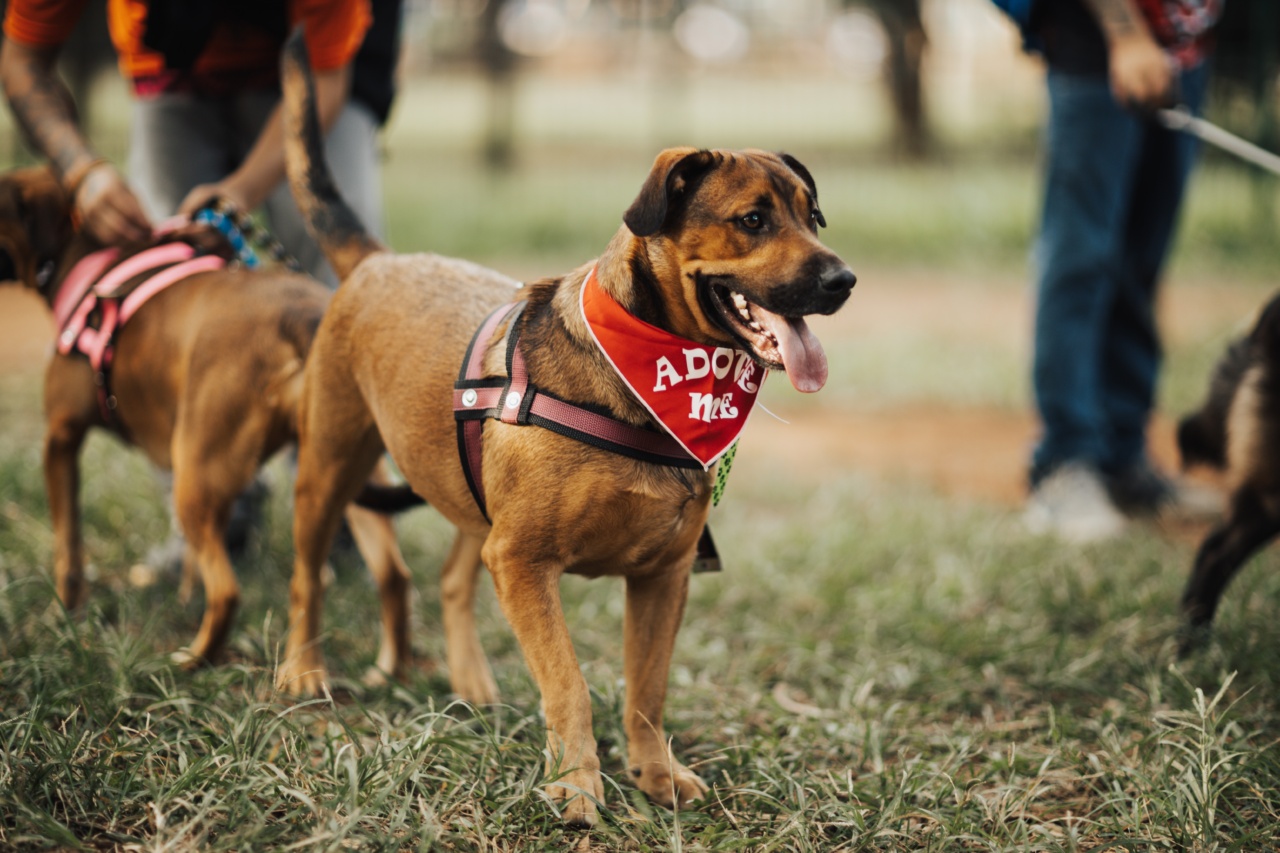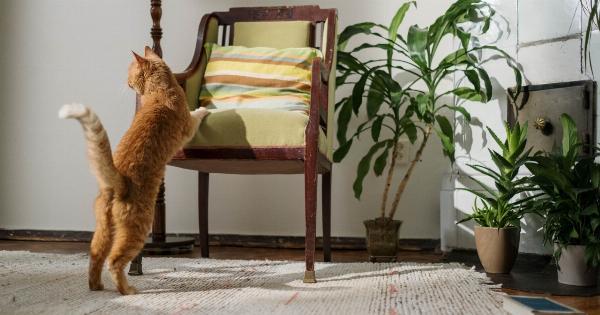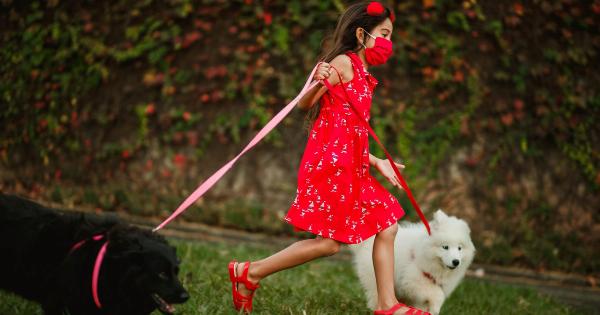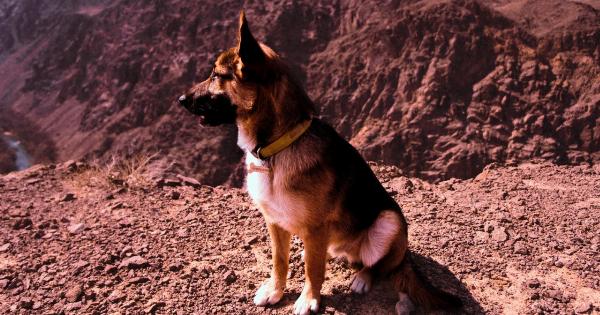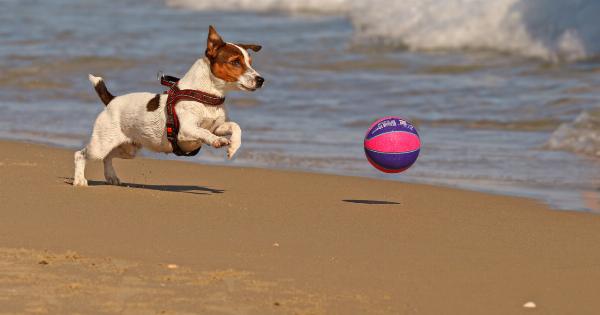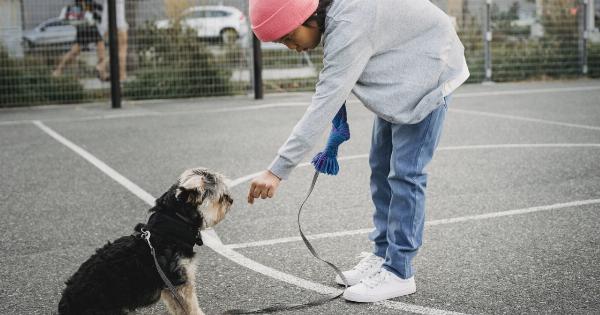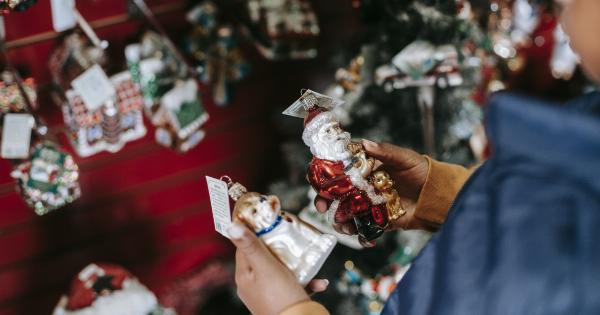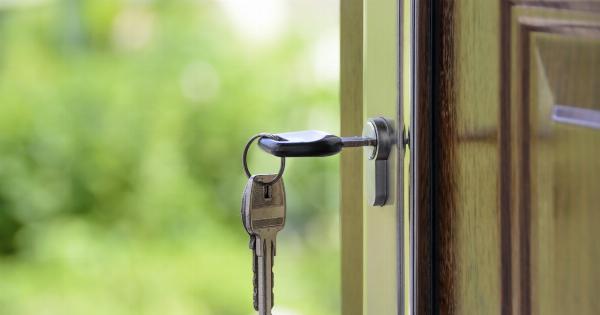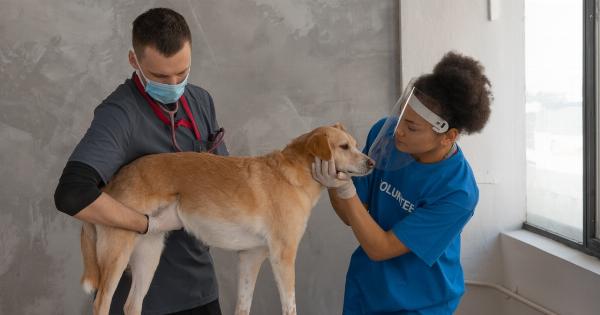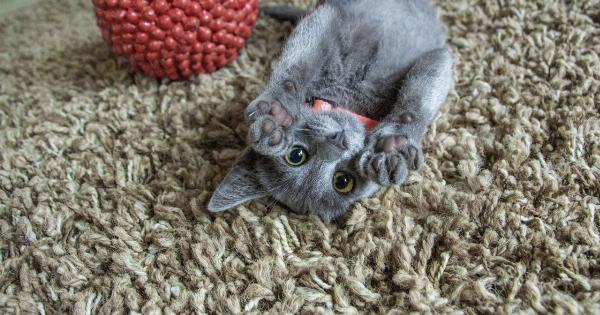As a diligent pet owner, it is important to be aware of the laws and regulations regarding the safety of our furry friends. One such concern that has been gaining attention recently is the issue of falling pets.
Many cities and municipalities have started enforcing fines and penalties for pet owners whose animals fall from heights, posing a danger not only to the pets themselves but also to the public. In this article, we will explore the reasons behind these fines and discuss ways in which owners can prevent such incidents from occurring.
The Dangers of Falling Pets
When a pet falls from a significant height, the consequences can be severe. Cats, for example, are known for their curiosity and penchant for climbing.
However, they may misjudge a jump or lose their balance, resulting in potentially life-threatening injuries. Dogs, too, can be at risk if they fall from balconies or rooftops.
Not only can falling pets sustain injuries, but they can also cause harm to others in their descent. Pedestrians passing by could be struck by a falling animal, resulting in injury or even fatality.
There have been numerous incidents reported where individuals have been seriously injured by falling pets, reinforcing the need for stricter regulations.
Legal Consequences
In light of these risks, many cities have implemented fines and penalties to hold pet owners accountable for preventing such incidents. These fines can vary depending on the severity of the incident and the jurisdiction in which it occurs.
Owners may be faced with hefty financial penalties, as well as potential legal consequences if negligence is proven.
By enforcing these fines, authorities hope to encourage pet owners to take the necessary precautions to prevent their animals from falling. Not only does this help protect the pets themselves, but it also ensures the safety of the general public.
Preventing Falling Incidents
As a responsible pet owner, there are several steps you can take to minimize the risk of your furry friend falling:.
1. Secure Windows and Balconies
One of the most common scenarios for falling pets is when they accidentally slip out of an open window or balcony. To avoid this, ensure that all windows and balcony doors have secure screens or barriers installed.
This will prevent your pet from accessing these potentially dangerous areas without supervision.
2. Supervise Outdoor Time
When allowing your pet outside, make sure to supervise them at all times. This is especially important in areas with elevated surfaces or balconies. Keeping a watchful eye on your pet can prevent them from exploring heights without your knowledge.
3. Provide Adequate Enrichment
Pets often seek out elevated surfaces or climbing opportunities as a way to entertain themselves.
Provide your pet with plenty of enrichment options, such as cat trees or dog agility courses, to satisfy their natural instincts without resorting to dangerous behaviors.
4. Use Proper Restraints
If you live in a high-rise building or have an open balcony, always ensure that your pet is properly restrained when outside. This can include using a leash, harness, or other secure devices to prevent accidental falls.
It is essential to use equipment that is designed for your pet’s size and breed.
5. Regular Vet Check-ups
Regular visits to the veterinarian are crucial for maintaining your pet’s overall health and mobility. During these check-ups, your vet can assess any potential risks or health issues that may increase the likelihood of your pet falling.
Early detection and intervention can help prevent accidents.
6. Training and Obedience
Teaching your pet basic obedience commands can significantly reduce the risk of accidents. Commands like “stay” or “leave it” can deter them from engaging in dangerous behaviors near heights.
Training ensures that your pet understands their boundaries and helps to establish a strong bond between you and your furry friend.
7. Maintain a Safe Environment
Regularly inspect your home and outdoor spaces for potential risks. Secure loose railings, repair damaged fences, and remove any objects that your pet could climb on and fall from.
By maintaining a safe environment, you minimize the chances of accidents occurring.
8. Consider Alternative Options
If you live in a high-rise building or have an outdoor space without secure barriers, consider alternative options for allowing your pet fresh air and exercise.
Indoor play areas, enclosed gardens, or supervised walks on a leash can provide a safe environment for your pet to enjoy the outdoors without the risk of falling.
9. Raise Awareness
Spread the word about the dangers of falling pets and the importance of responsible pet ownership. Educate friends, family, and fellow pet owners about the risks and ways to prevent accidents.
By raising awareness, we can collectively ensure the safety and well-being of our beloved animals.
10. Seek Professional Help
If you are unsure how to best prevent your pet from falling or need assistance in addressing specific behavioral issues, consider consulting a professional animal trainer or behaviorist.
They can provide guidance tailored to your pet’s needs and help you establish effective safety measures.
By taking these precautions and being vigilant, pet owners can reduce the likelihood of their animals falling from heights and avoid the associated fines and penalties.
Moreover, safeguarding our pets from such accidents enhances their overall well-being and ensures a happier, healthier life.
